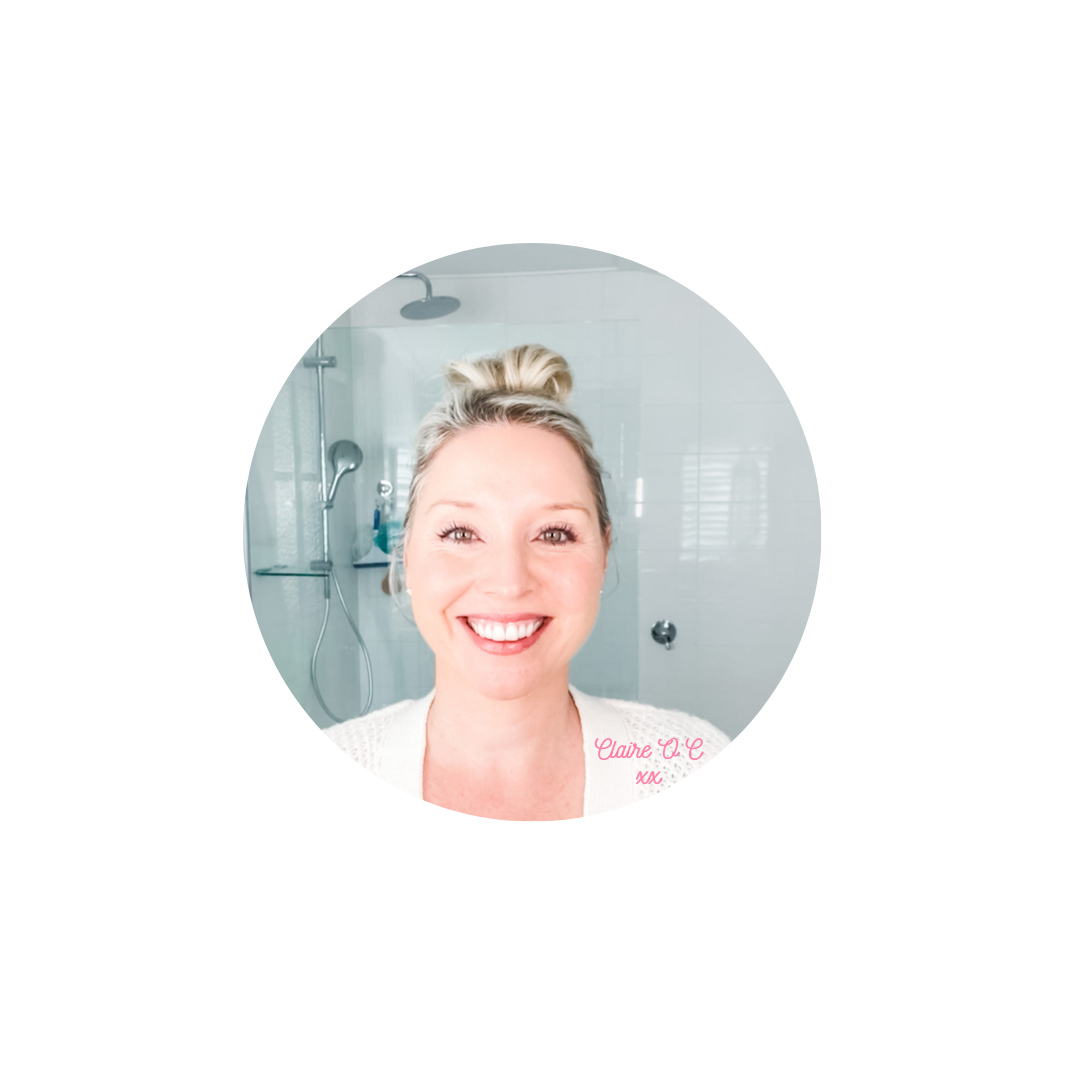
Still not sure what the One Room Challenge is then click the link for more information and maybe you could join me next season!
So we are moving swiftly ahead but this week I wanted to do something a little different. I will share with you some progress pictures of the kitchen install *YAY* but I’m also going walk through the counter top options with you. I’m going to break down all of the options as I have found, working with clients, that there can often be confusion around the type of counter tops so I thought this may be helpful to you.
Don’t forget to read to the bottom for this weeks DIY TIP!
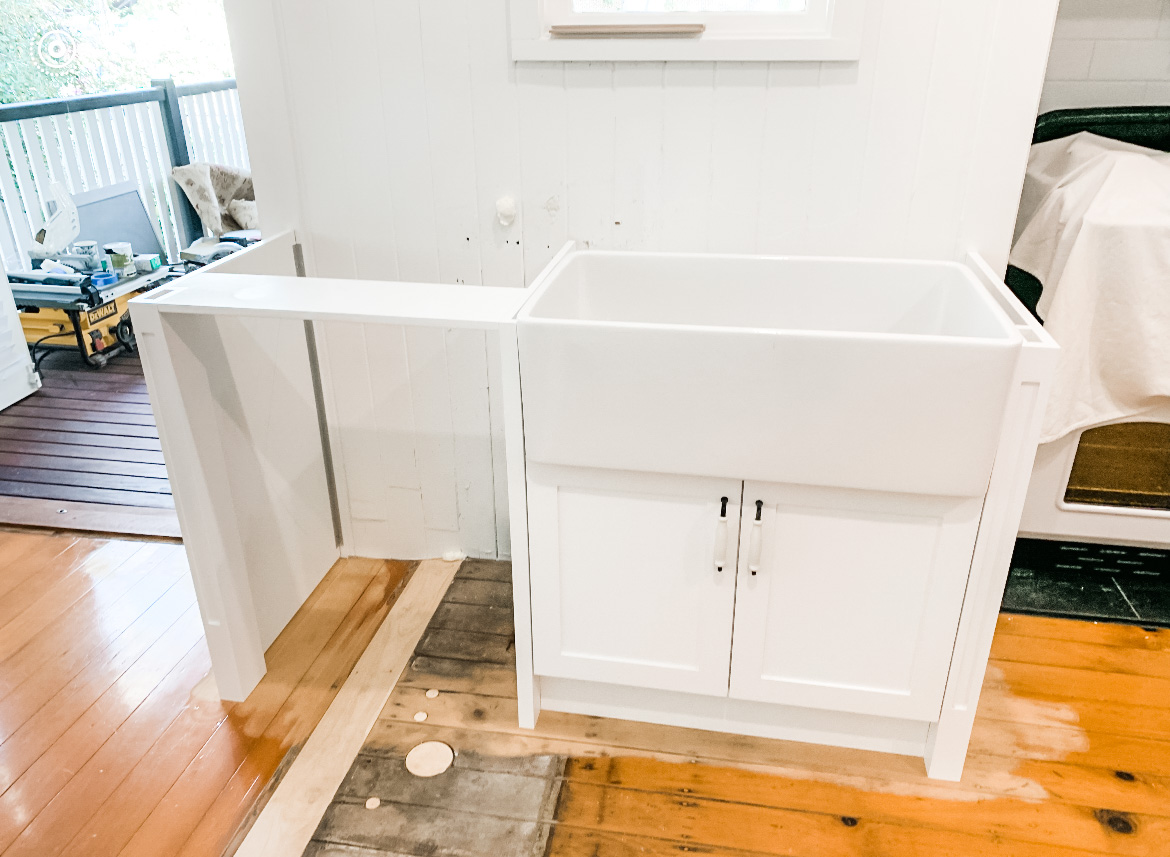
How amazing is this sink!!
I’m not going to share the rest of the kitchen until the very end with the big reveal… Instead let’s talk counters….
Let’s Talk Countertops!
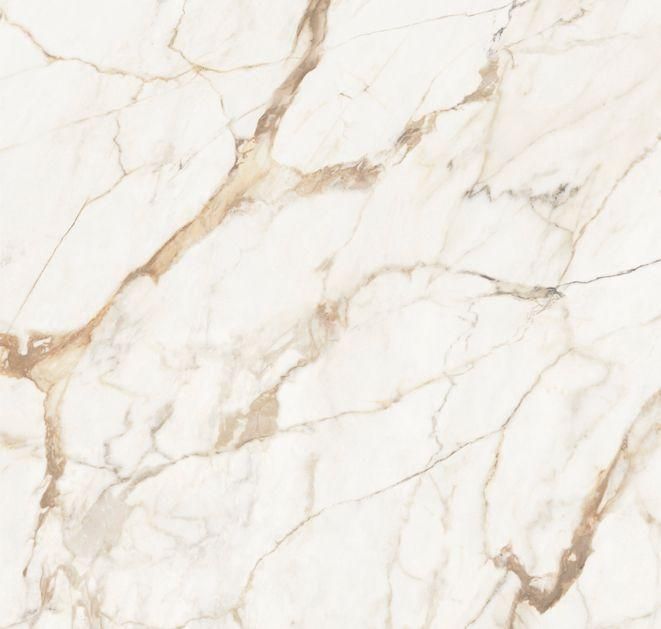
Marble Countertops
I love marble, it’s light, bright and elegant. If I could fill my home with marble I would! it’s gorgeous and cooling but Marble is a natural stone and is porous, meaning that is can take more effort to keep from being stained and marked. It’s also a softer stone compared to others (like granite) so can scratch a little easier.
I have been brave enough to have it in our bathroom previously but not sure I’d be brave (or clean) enough for the kitchen. My mum loves to cook and with all the grandbabies decorating christmas cookies and baking with food colouring we felt this may not be the best choice for them. But it’s still a great stone and one I would put in my kitchen in a heart beat if I didn’t have 3 little messy kids hahaha.
Photo Cred: Better Homes & Gardens

Quartzite Countertops
Quartzite is a natural stone and has stunning veining and comes in a varitey of colours. It’s also one of the most durable natural stones thus making is a great alternatvie to marble.
Quartzite has many similar properties of granite including extreme hardness with quartzite being just slightly harder, a high resistance to heat, and natural, unique patterns.
As quartzite is a natural stone it is porous so will need to be sealed every few years to keep it protected.
Quartzite can get expensive however it’s a fabulous stone for a kitchen as it has the elegance of marble with the added durability to maintain a longer lasting beauty.
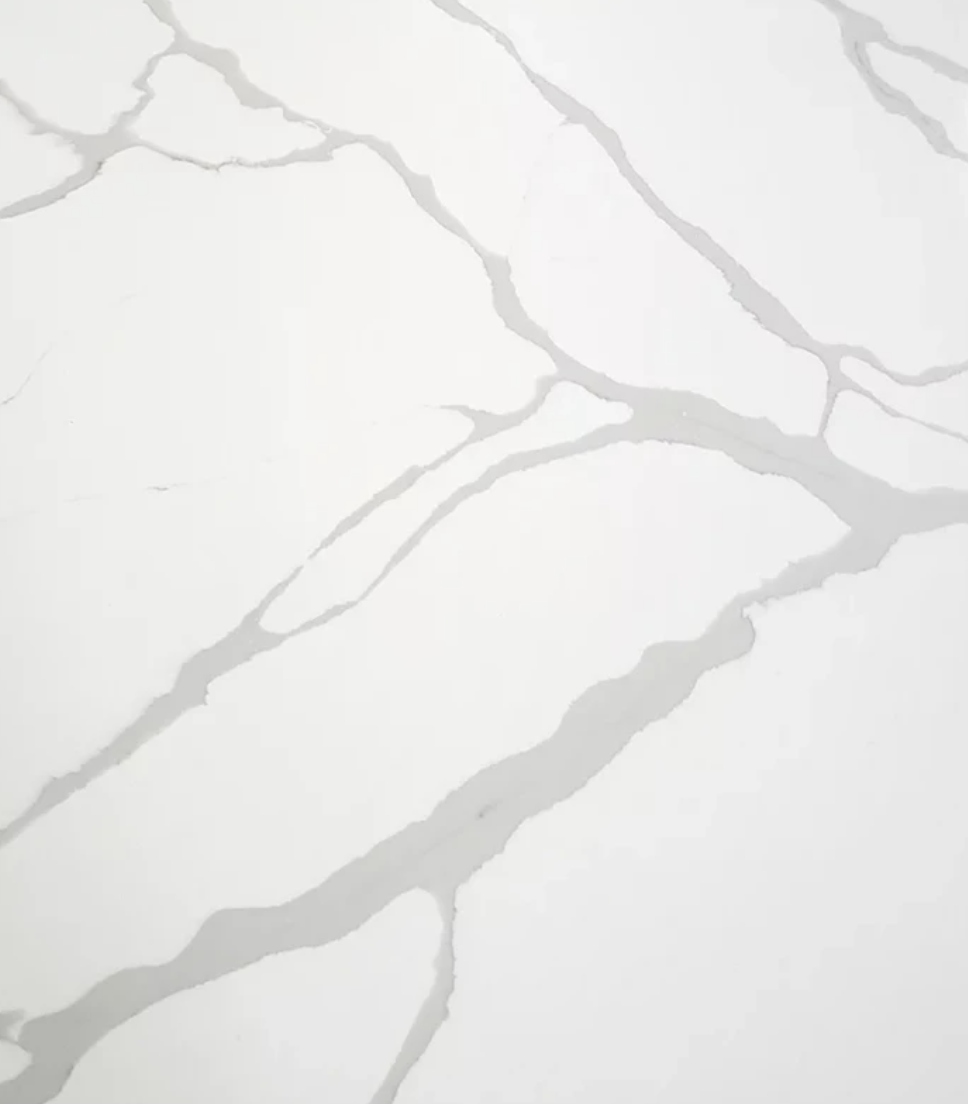
Quartz Countertops
Most people confuse Quartzite with Quartz due to the name however they’re completely different products. Where Quartzite is a natural stone, Quartz or Ceaserstone is man made making it one of the most durable kitchen countertops.
Quartz is non-porous so it resists staining much better than granite, marble and concrete and as it’s manufactured there’s more consistency and choices when it comes to the look of the stone.
Quartz is a fantastic option for a kitchen and one we have used in most of our investment properties due to the colour options, durability and popularity.
Ultimately this is the stone that my parents fell in love with.
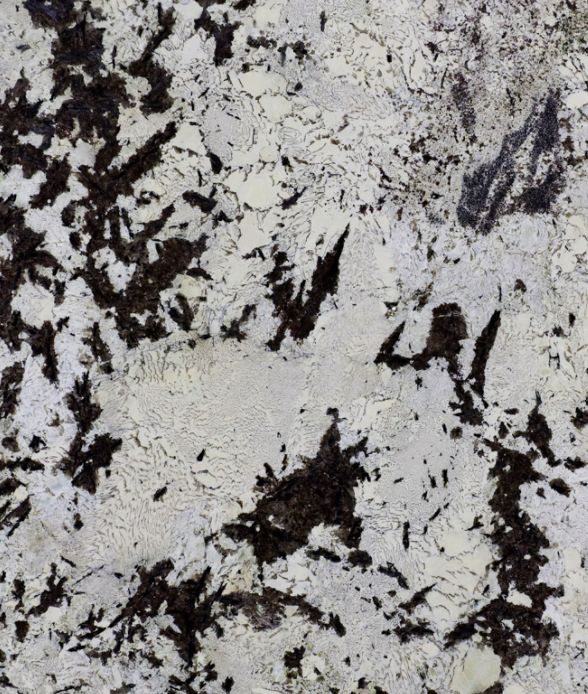
Granite Countertops
Granite is a very durable natural stone and there are loads of options regarding colours and patterns. Like most of the other stones prices vary based on the rarity of a pattern and I find a lot of granites to be very busy.
Granite is very durable but it is porous so will need to be sealed every few years to keep it looking it’s best.
Granite can be a great choice if you’re looking for a natural stone that has a lot of character and variations of colour plus it has the added value of durability.
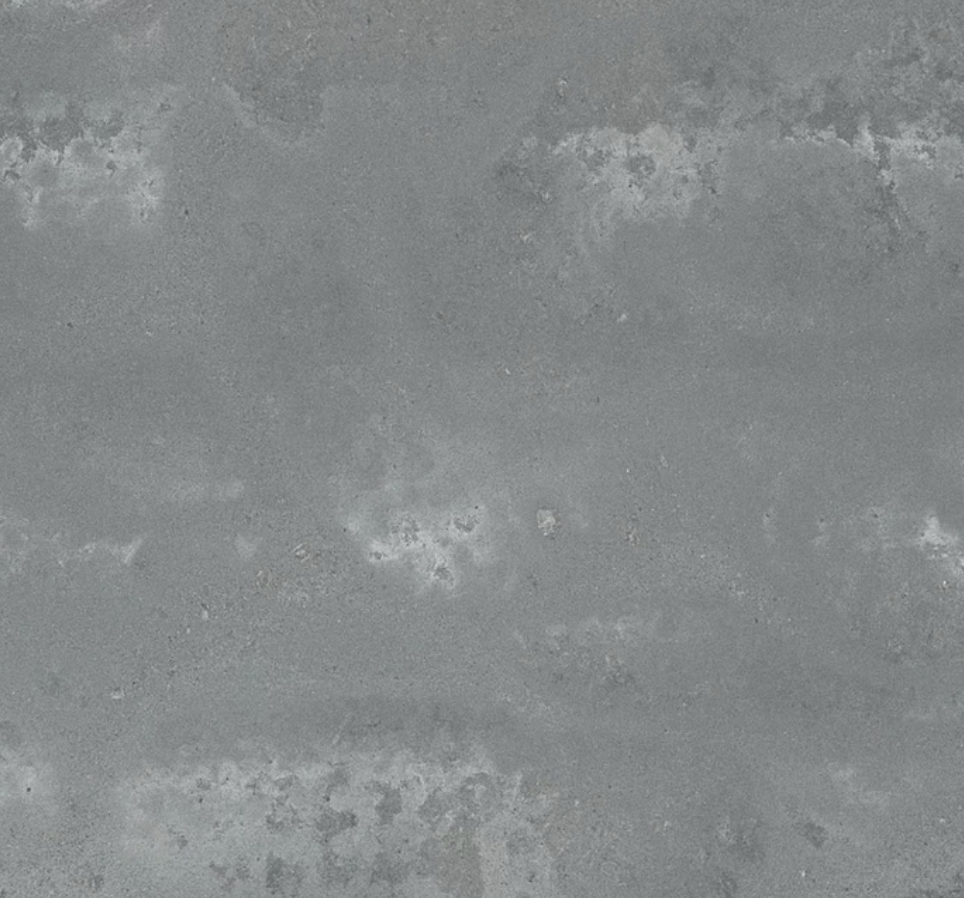
Concrete Countertops
Concrete is a great choice for durability and you can DIY them if you’re brave enough!!
The thing to remember is that concrete is porous so you will need to seal them and concrete does crack so be prepared that!
Great for a contemporary or industrial design.
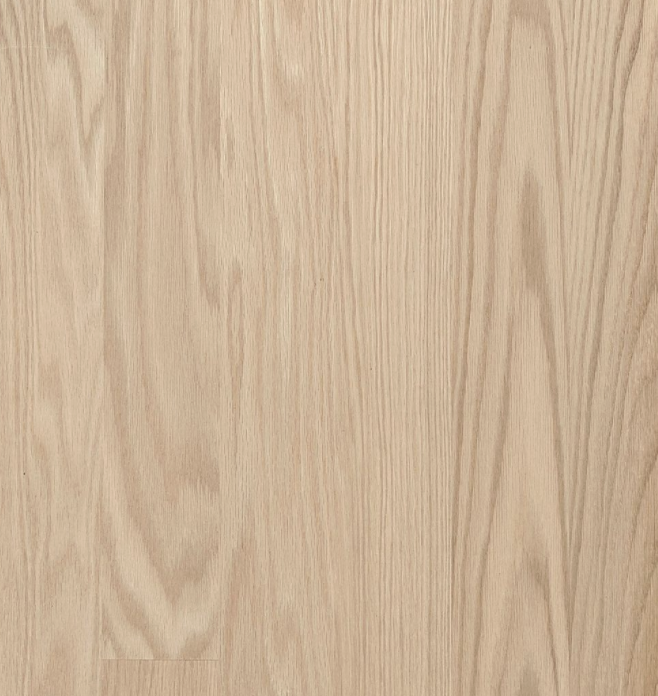
Wood Countertops
Wood is a great counter top and what I love about it is you can DIY it! Sure you can buy butchers block to fit but we have built many wood countertops from oak tongue and groove flooring. They look great and they’re extremely durable once sealed.
Things to remember – it’s wood so it can swell and contract with the change of temperature and if left unsealed it will stain and mark. Be careful to use the right sealer especially around wet areas like the taps / faucet and sink as I’ve found the wood can split and stain with the seal starts to degrade.
We used marine grade sealer on our wood counters as we found the off the shelf sealer didn’t cut the mustard.
Great for a warmer finish and if you’re wanting a cottage / farmhouse feel.
DIY TIP
A little freebit for you!
I’m excited to start on the pantry doors next week. Don’t forget to follow for more DIY and flipping invesment tips.
